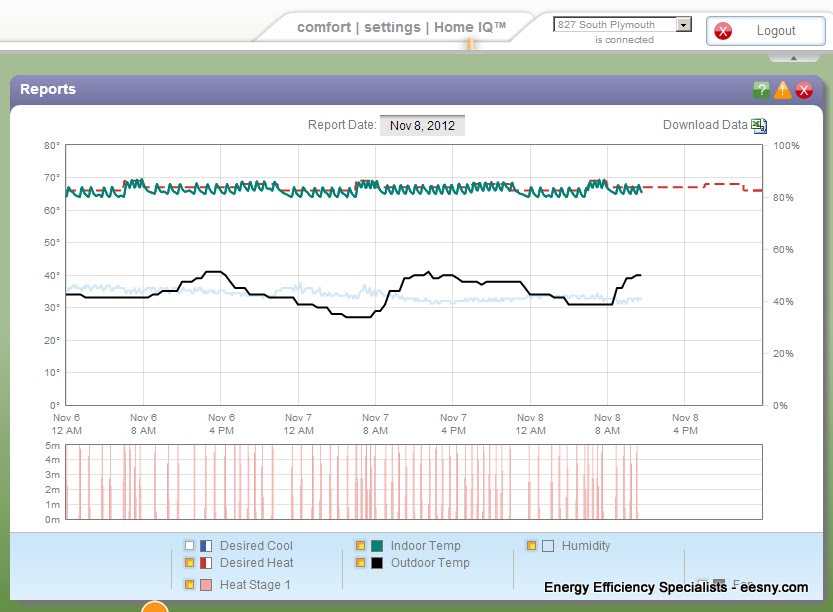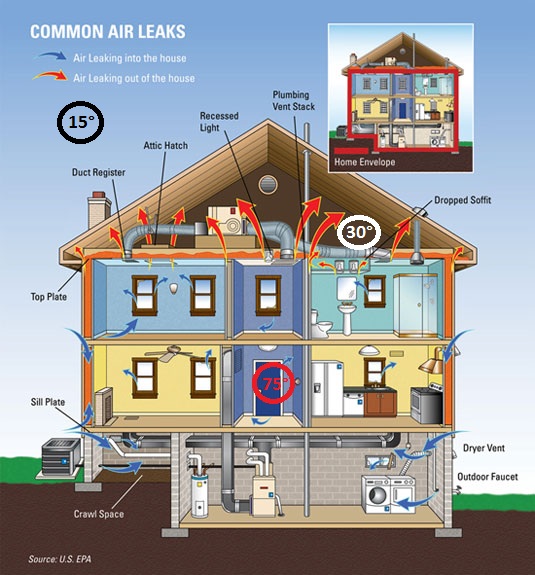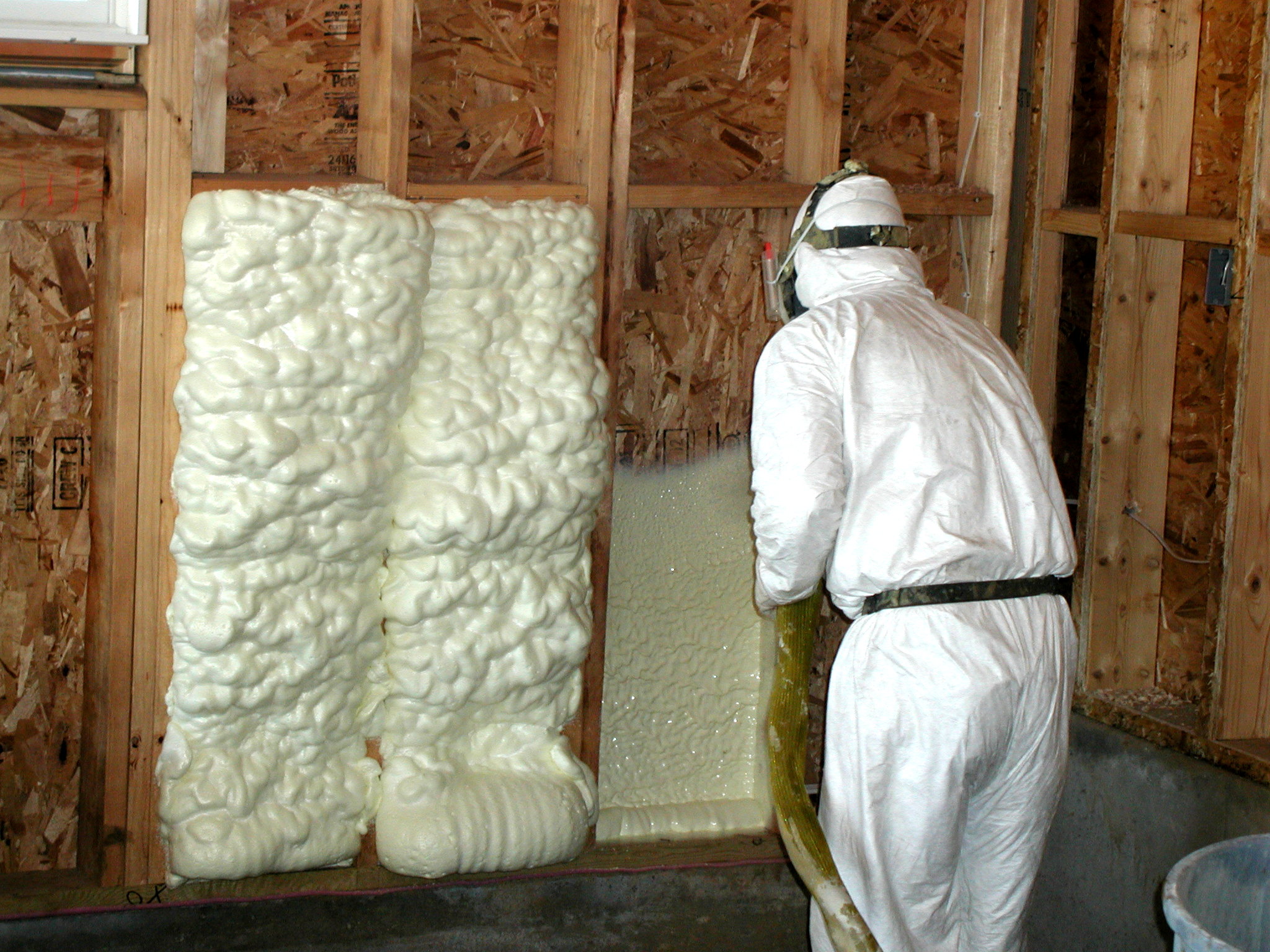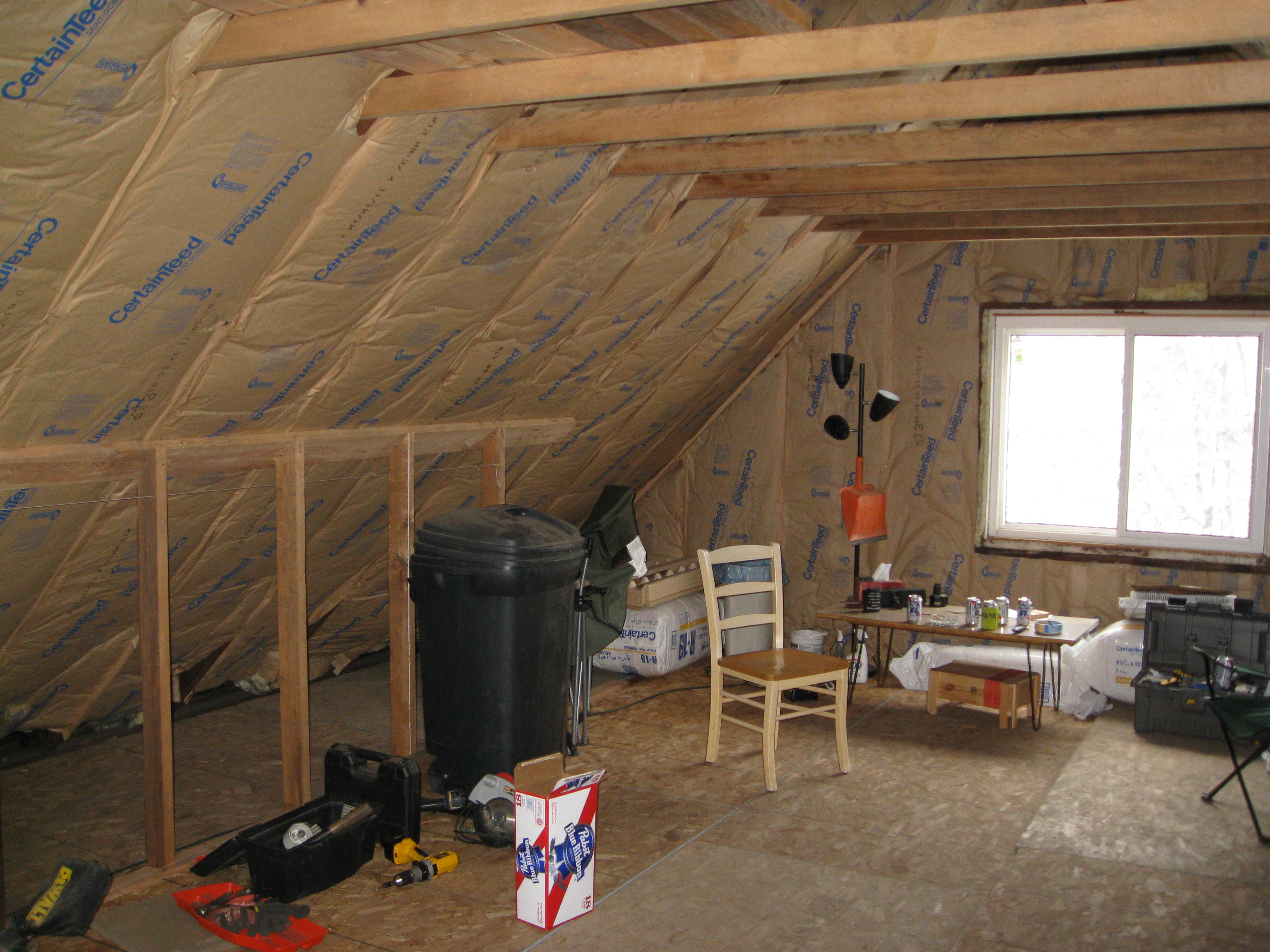Using a Thermostat to Diagnose Problems
Did you know that you can diagnose problems in a house with a thermostat? I didn’t until recently, and I’ve been meaning to write this since then. We now specify Ecobee thermostats as part of our projects because we get information that no one else offers (even Nest, come on, Google!) I’m about to show you why.
This graph is from the first floor unit of a 3 story rental house. Just by looking at it I can tell a few things, but first, take a look at the legend. Here is what is tracked: indoor and outdoor temperatures, indoor humidity, thermostat set point, and furnace run time. Check it out:


Fast Temperature Changes
All right, so see how the green line goes up really quickly? That means that the furnace is adding heat very quickly and making the temperature race upwards. This may sound good, but it actually isn’t. If temperature changes up and down too quickly our bodies notice it and it makes us uncomfortable. It’s much better to change the temperature gradually so we don’t notice (like the proverbial frog in the pot slowly being boiled.)
So what makes the temperature race up so fast? An oversized furnace. It has WAY more power than is necessary. You can see on the bottom with the red spikes where the equipment turns on for a few minutes, jumps the temperature, then shuts off for a while. It’s far better to get longer run times so the temperature changes gradually, which requires a smaller furnace and actually saves energy when designed correctly.
A Leaky House
On the flip side, see how the green line drops really quickly once the furnace shuts off? That means that the house loses heat really quickly. (I like to say the house sucks.) This could be from lack of insulation, lots of air leakage, or likely both. A house that is well insulated and sealed will lose temperature much more slowly, and that slower temperature change is much less noticeable to our bodies, and hence more comfortable. It is likely that the tenants here aren’t especially comfortable.
But Maybe Not That Leaky
At first I blamed air leakage for the fast temperature change, but now I’m not sure. See the gray line in the middle? That is indoor humidity. Since the humidity actually stays at a relatively constant level, it tells me that heat leakage is probably a bigger part of the puzzle here than air leakage is. Otherwise the humidity levels would not be able to stay that high, the air would leak out. Of course, one big thing I don’t know here is outdoor dewpoint. So these humidity levels could be what is outside, in which case my supposition could be wrong. Or the house could have a humidifier (it doesn’t.) I need more information to make true conclusions, so I’d have to visit the house.
Practical Application of Stack Effect
One thing that is cool in this supposition of little air leakage is that it illustrates a real world example of a theoretical thing called stack effect.
Stack effect is somewhat self defining, your house works like a giant smoke stack. In the winter your home pulls cold air in through the bottom in the basement, and warm air rises through air leaks into the house to exit in the attic. Areas in the middle, namely the first and second floors, don’t matter that much in stack effect because the strong pressure is at the top and bottom, the attic and basement, and not in the walls of the first and second floor. Here is an illustration of wintertime stack effect:

So while this home may be pretty leaky from an air leakage perspective, there is little pressure on the air of the first floor apartment to make that humidified air leak out, so it stays fairly well humidified. The walls are likely uninsulated, though, or else the temperatures would not fall that quickly.
Not Bad from a Chart, Eh?
That’s quite a bit to intuit from one little chart, isn’t it? I’ve never actually been to this house, by the way. I can do the same thing with your home, but I’ll have a lot more information to work with.
We specify Ecobees because it is part of our continuous commissioning process. Yes, that sounds like jargon. We commission our projects like a new ship is commissioned – we put it through it’s paces, see what doesn’t work perfectly, and make adjustments.
Basically, we don’t expect perfection on the first try. After making upgrades to your home, it may need some dialing in to make it just right. An Ecobee also has pretty robust capabilities from an adjustment side, so we can play with settings on your furnace, air conditioner, and humidifier to solve problems that are solvable with equipment alone. This home likely needs new, right sized equipment and some air sealing and insulation work before we can truly make it comfortable, but there are probably a few tweaks that could make it a little better we could make now.
Pretty Cool, Eh? (I’m going Canadian today. Come on over to my hoose.) And it’s time for the pitch.
Are you having problems with your home that you would like to figure out? Installing an Ecobee and watching what happens is one possible path after our initial consultation so we can figure out what is going on in your home.
Would you like to have this level of rigor applied to your house to make it an amazingly comfortable and efficient place to live?
The first step is an initial consultation, click here to get a discount on one!
Get the HVAC Guide

It's free! Make buying a new furnace, air conditioner, or heat pump less stressful.










